12 Types of Corks and Wine Closures
Blog Post
Have you noticed that some wine producers use different types of wine closures than others? If so, and you’re curious about the benefits and challenges of different cork types, we’ve built the following guide on wine closures just for you.
Why Do Wines Use Corks?
Wine corks have been the preferred wine closure option for centuries, and for good reason: the cork material enables wines to age without going bad. The porous material of wine cork enables tiny amounts of air to interact with the stored wine, helping it to age and transform in aroma and flavor. However, the elasticity of the cork seals the bottleneck by expanding and ensures all liquid is completely sealed within the bottle.
In recent years, a few other wine closure options have entered the market, however, traditional wine corks remain the most popular option for modern wine brands. These other wine corks and closures are expanded on in the sections below.
What are the Different Types of Wine Corks and Other Closures?
If you’re wondering what the difference is between natural corks and synthetic corks is, or why some wineries choose to use screw caps instead of corks, the following list is for you:
1. Natural Cork
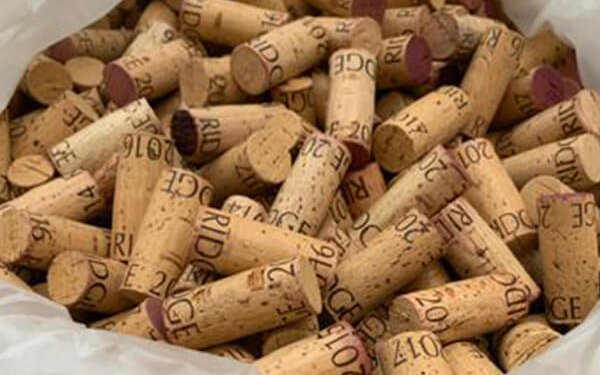
Natural cork is a renewable, recyclable, and biodegradable wine closure option. Cork is the most traditional form of wine closure, with around 70 percent of all wines closed with cork seals in recent years. This statistic is even higher for fine wines, with 89 percent of Wine Spectator’s Top 100 Wines in 2016 featuring cork closures. This is, in part, also due to the fact that high-quality natural cork imparts subtle and complex flavors to the wine as it ages.
2. Synthetic Cork
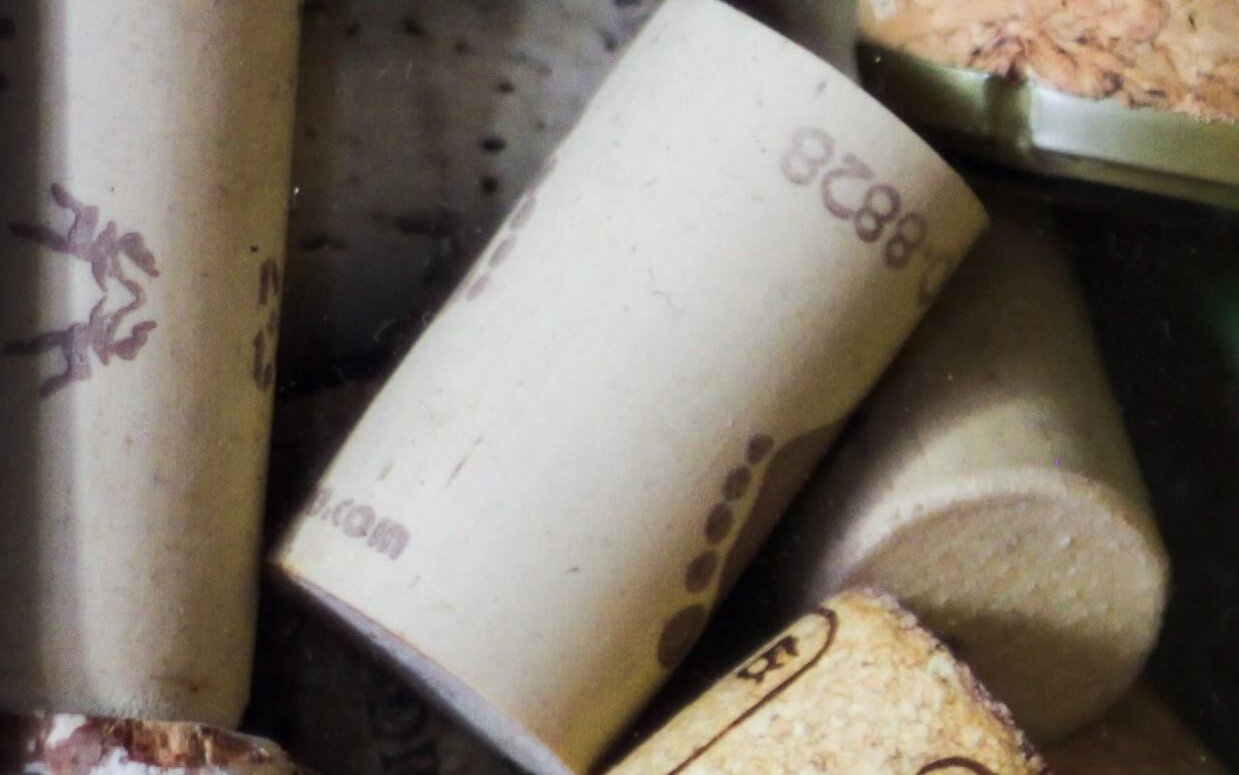
Synthetic corks are not actually made from cork. Instead, these cork-lookalikes are made from plastic compounds designed to act like natural cork. The benefit of these corks is having little-to-no risk of TCA contamination, or cork taint.
3. Champagne/Sparkling Wine Cork
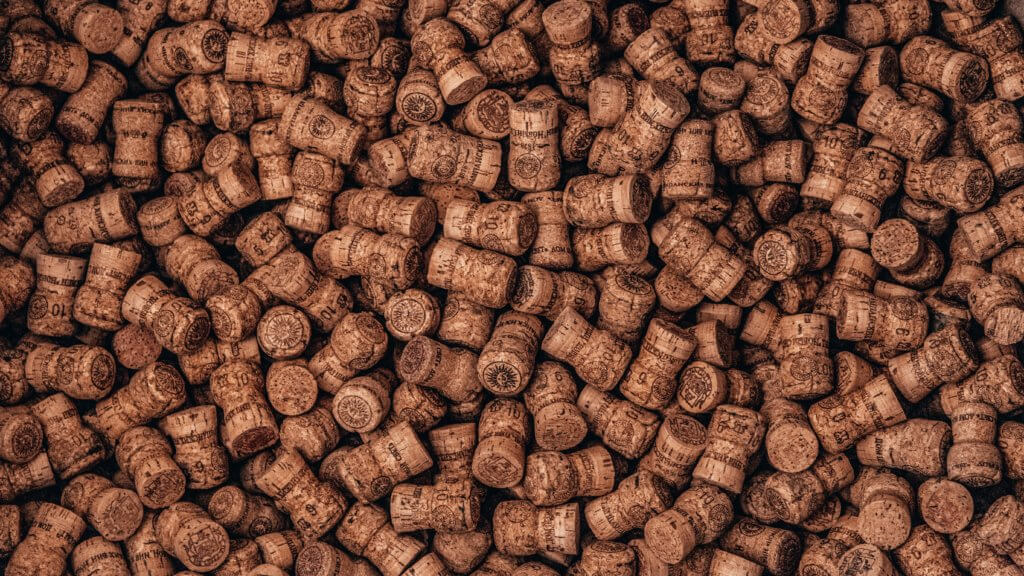
Champagne and sparkling wine corks differ from traditional wine corks in the form of the cork disks at the bottom of the cork. These discs are more elastic, so when combined with the CO2 and six-to-eight bars of pressure in sparkling wine, they expand to form the mushroom-shaped cork we’re familiar with today.
4. Grainy (Agglomerate) Cork
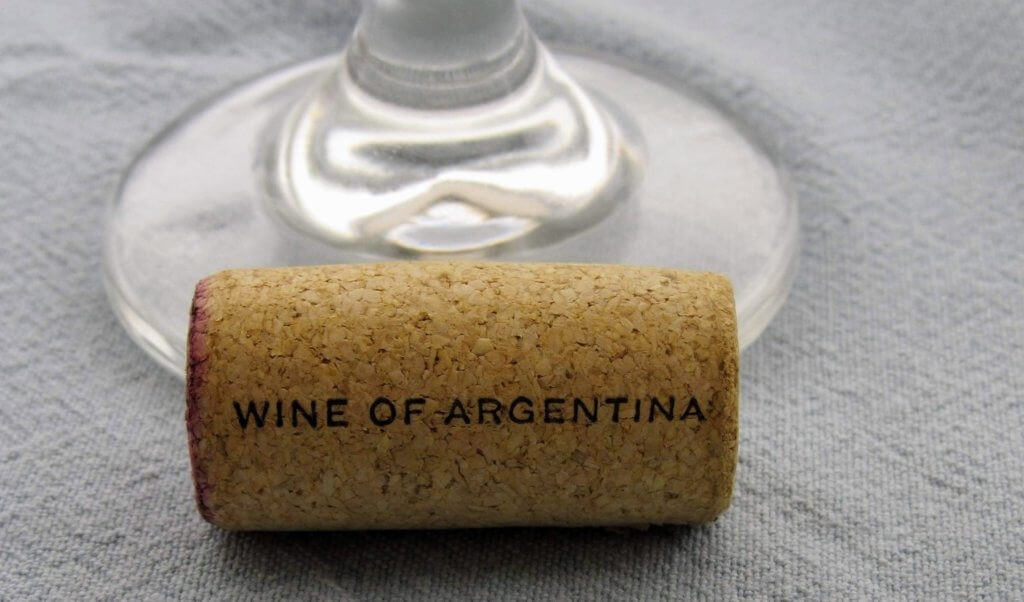
Grainy corks are a low-cost cork alternative for wines that are intended for near-immediate consumption. These corks use granulates from the production of natural corks and offer a maximum wine storage period of two years.
5. Capped Cork
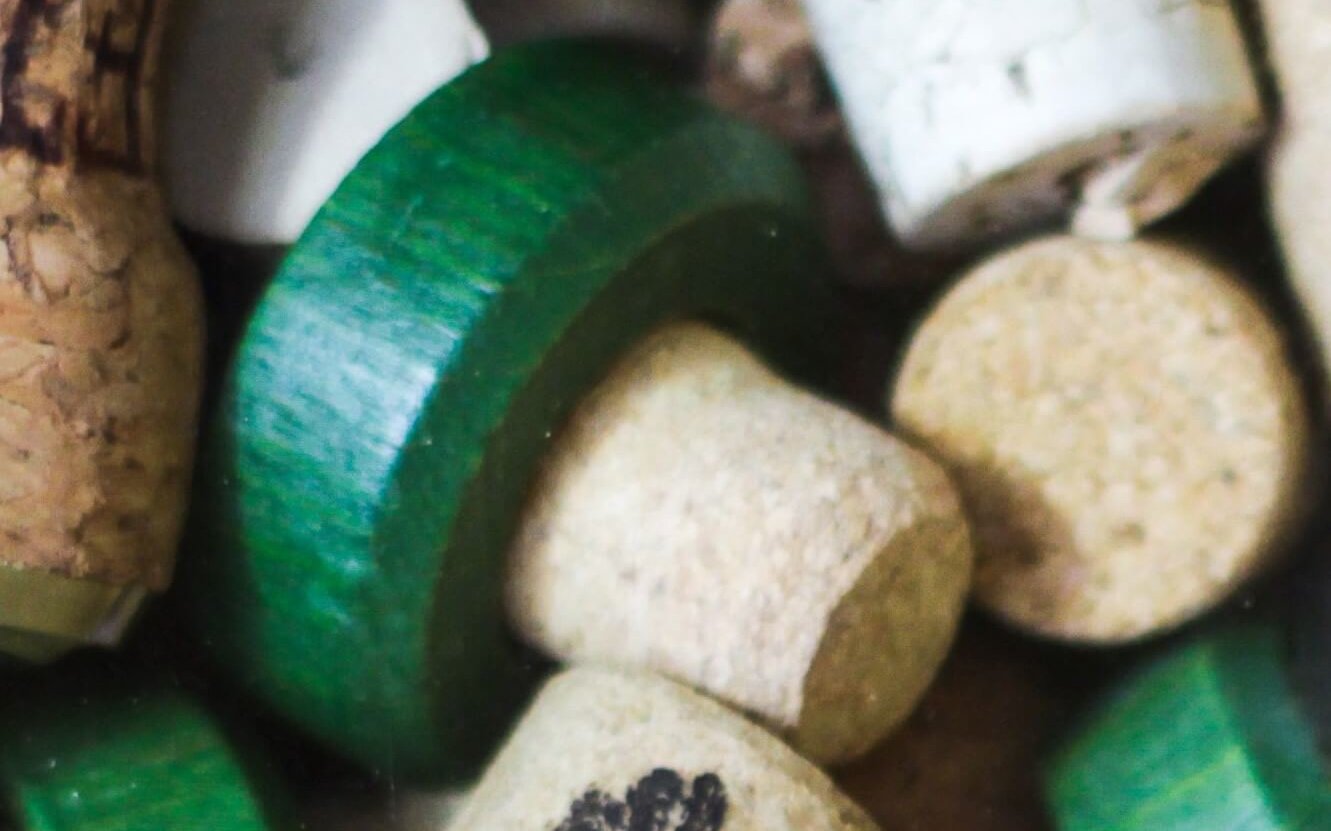
This cork combines the benefits of natural cork and plastic, with one part of each making up this bottle closure. These closures are more common for beverages with high-alcohol percentages, which are not meant to be drank in one sitting.
6. Screw Cap
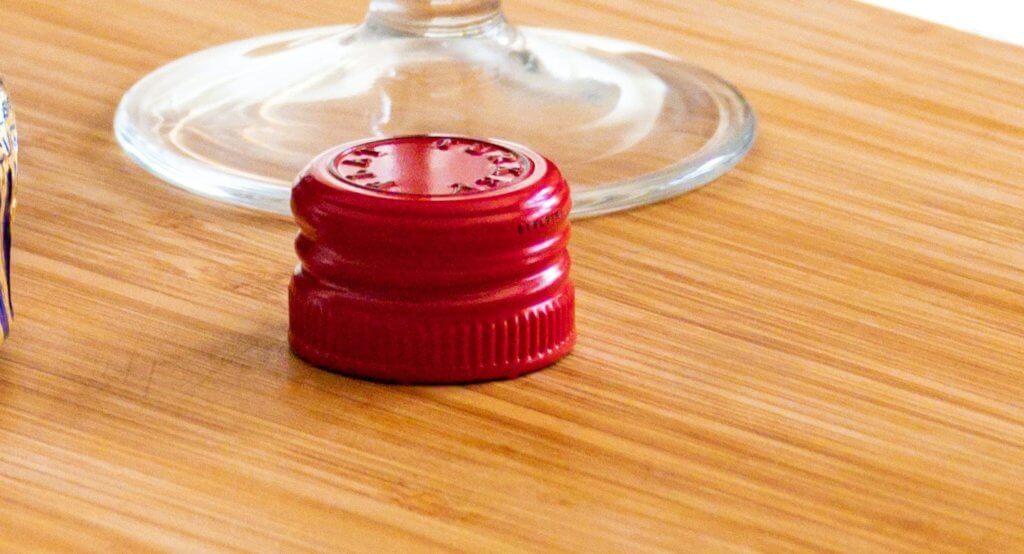
Screw caps have become a popular wine closure option in recent years in some countries (like New Zealand, where they account for 90% of all wine closures), thanks to their unique benefits. Screw caps offer little to no oxygen exposure, which is ideal for wines like Sauvignon Blanc, but not a great option for wines that are meant to age and develop over time.
7. Hermetic Cork
These are reusable, airtight corks that are most often used when resealing a bottle after partial-consumption. This is a popular choice for sparkling wines, and recorking these wines with their original cork can sometimes lead to the cork popping back off in the refrigerator.
8. Vino-Lok/Vinoseal:
This recently-introduced wine closure option is made from glass, making it a reusable and environmentally-friendly option. However, due to the high cost and ineffectiveness for aging wines, this closure option is not as useful as a few of the other alternatives.
9. Zork
The ZORK is a combination closure and pull-off capsule. This closure alternative fits most standard 750 ml wine bottles and once opened, the closure becomes a re-usable tasting cork.
10. Helix
A HELIX cork is a relatively new and unique cork-glass packaging combination. To use this cork, the glass of the bottleneck needs to be designed with a spiral pattern, but when implemented the cork style is fairly easy to open and re-seal.
11. Crown Cap
Often seen on beers and other similar beverages, the crown cap is also a popular choice for sparkling wines. Crown caps offer consistent and reliable wine storage.
12. Tasting Cork
Tasting corks are intended for easy and quick re-sealing and opening of wines. They share a similar appearance to capped corks and are a common staple at wineries and tasting rooms.
What is the Best Type of Wine Cork?
While each wine producer has different needs for their wines, many global fine wine producers stick to natural cork as their wine closure of choice. Natural cork is also the choice of Ridge Vineyards, which we have used for all our bottlings since our founding in 1962.
Other Resources Related to Wine Corks
If you liked this resource on corks and other wine closures and you’re looking for similar content, consider the additional resources below:
- Natural Wine Cork and Its Benefits
- How to Store Wine at Home
- Different Types of Wine Openers
- DIY Cork Wreath + How to Recycle Wine Corks

Stay up-to-date with the latest RIDGE news, wine releases, and special offers – join our mailing list.
Wait!
In order to qualify for user related discounts, you must log in before proceeding with checkout. Click the button below to log in and receive these benefits, or close the window to continue.
Log In